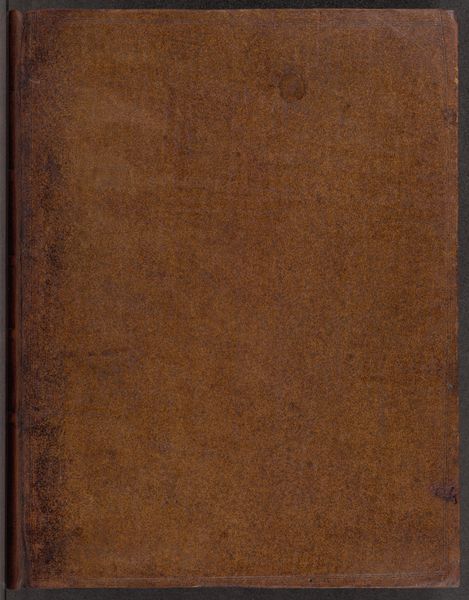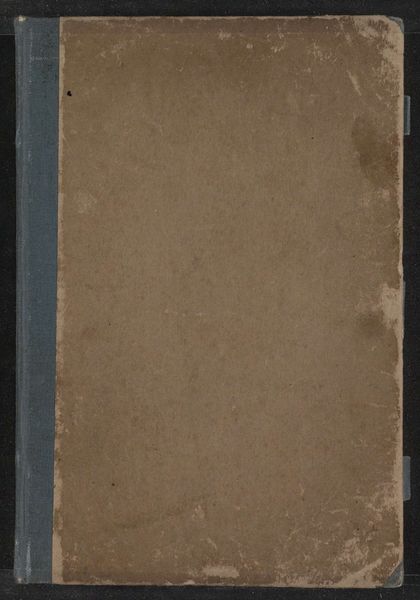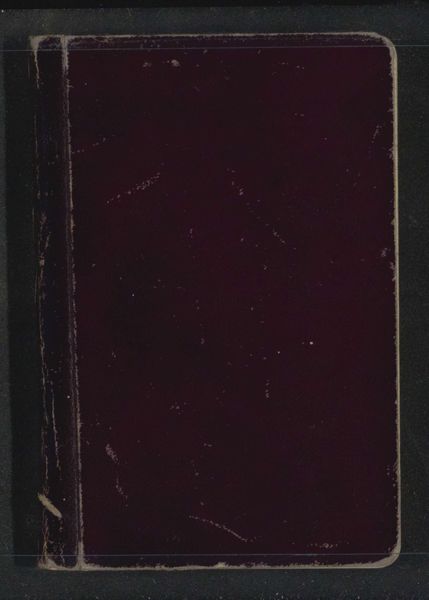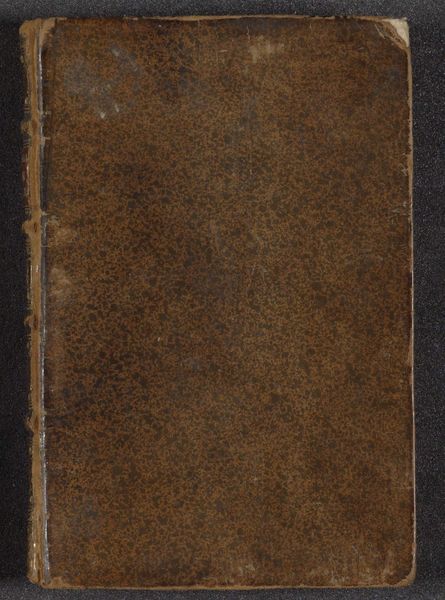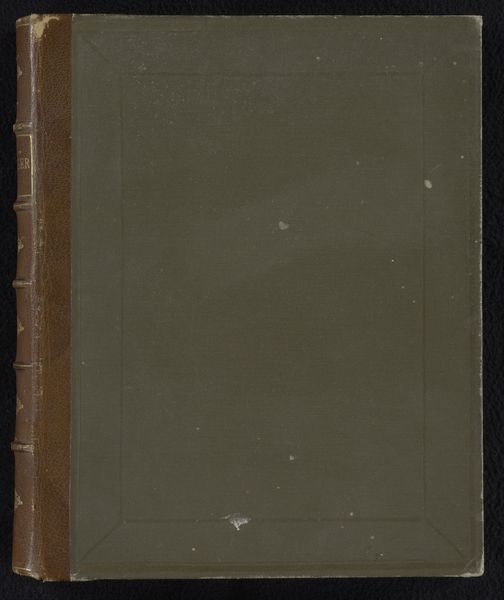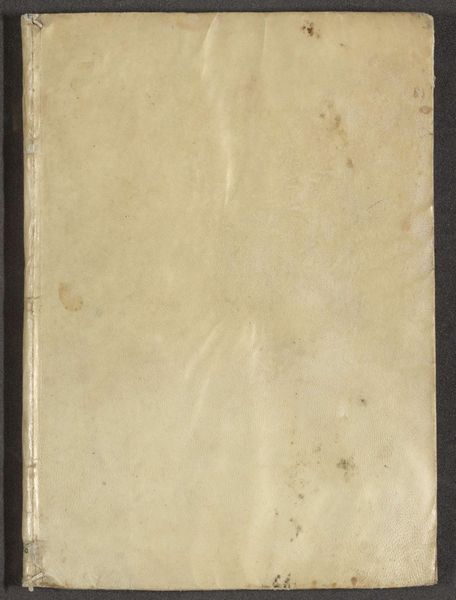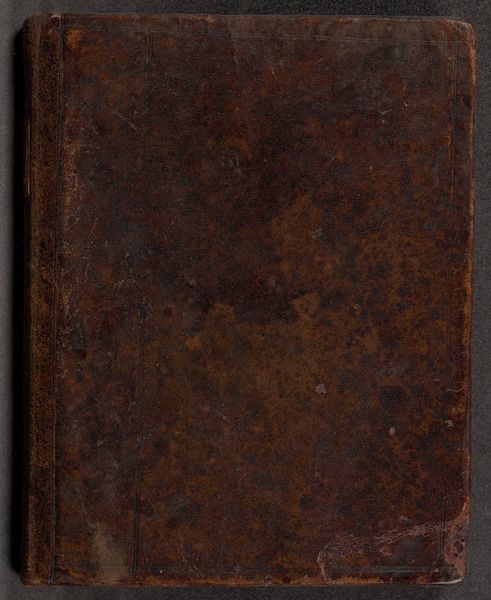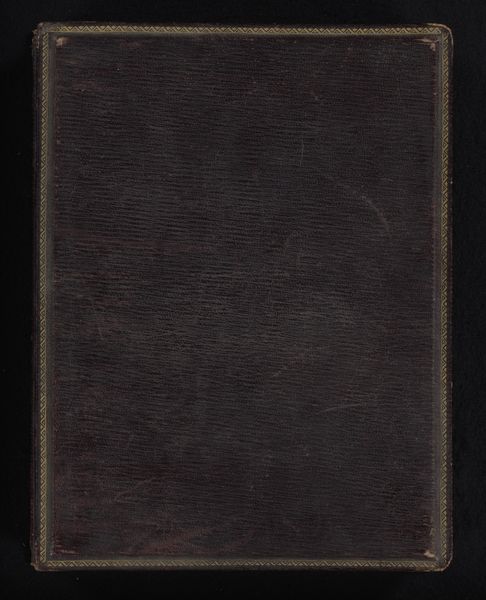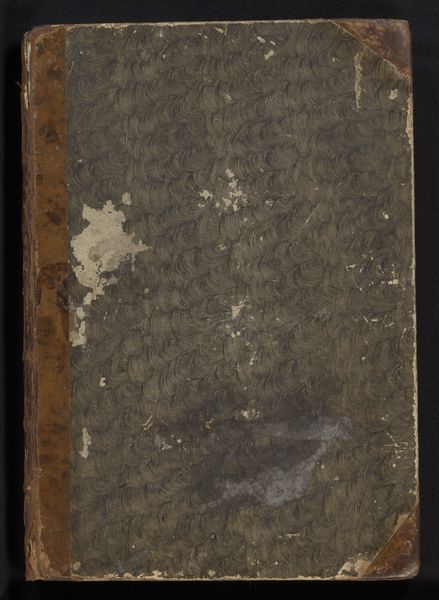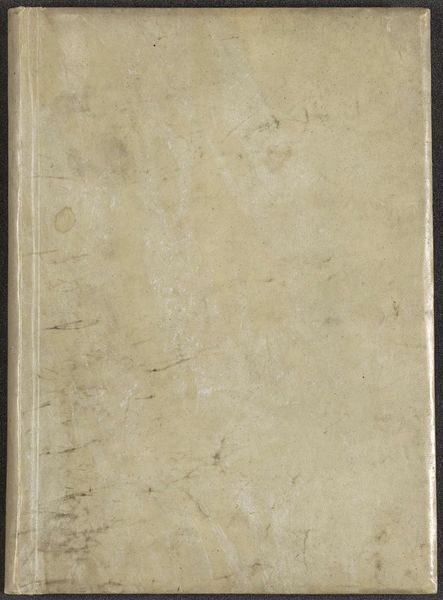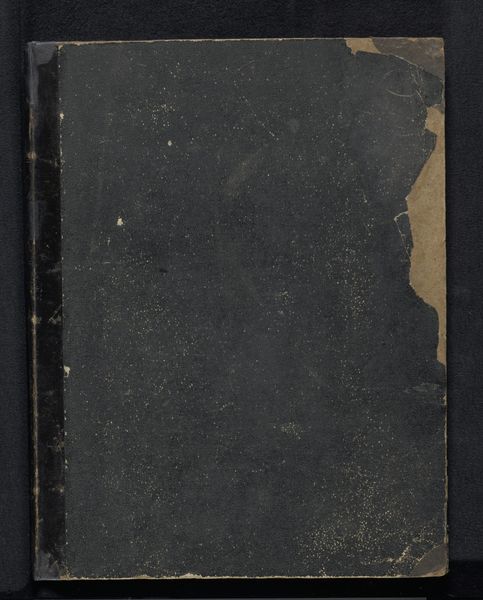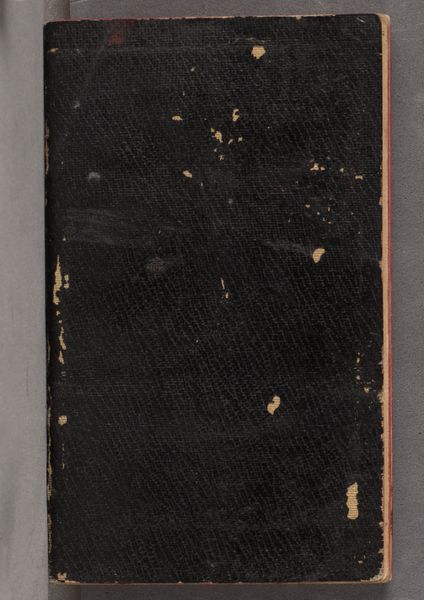
paper, photography, albumen-print
#
still-life-photography
#
sculpture
#
paper
#
photography
#
albumen-print
Dimensions: height mm, width mm, width mm
Copyright: Rijks Museum: Open Domain
Editor: This is "Album met foto’s van gipsafgietsels," roughly translated, "Album of Photographs of Plaster Casts," made sometime between 1875 and 1900 by an anonymous photographer, created using the albumen print process. It appears to be a collection of still-life photographs. It has an antiquated feeling to it, both austere and subtly ornate, I find. What can you tell me about this piece? Curator: This album serves as a potent document of a specific cultural moment. Think about the late 19th century. Plaster casts were essential tools for art education and appreciation. Museums lacked the ease of transport we have today, so these casts served as proxies for classical sculptures. In what ways, do you think, did the distribution of these images democratize or perhaps even alter perceptions of classical art? Editor: That’s an interesting angle. So, instead of traveling to see the originals, people accessed these casts and photos of casts? That must have changed the role of the museum then. Were they competing or co-existing? Curator: They co-existed, but it shifted the museum's role. Instead of being the sole proprietor of “high art,” they were forced to consider their position within a wider visual culture enabled by photography. Consider the anonymous nature of the photographer here. How does the lack of a defined artistic 'author' affect the perceived value and purpose of this album? Editor: Good point. Without a known artist, does that then emphasize the educational or documentary purpose over any artistic merit? It feels like these images are functional rather than aesthetic, although they can be both! Curator: Precisely! And thinking about how these plaster casts presented ideals, reproduced and circulated, it reveals how societal values of beauty and historical importance were codified and distributed. So what was originally designed as a source of reference for artists in schools or private academies was eventually accessible to a wide public for viewing. What do you make of that in terms of our own access to art today via social media? Editor: Wow, that's a lot to consider. It is so fascinating to trace how accessible art trickles into the everyday, and how those changes alter both the works themselves and the way the public engages with the visual culture.
Comments
No comments
Be the first to comment and join the conversation on the ultimate creative platform.
